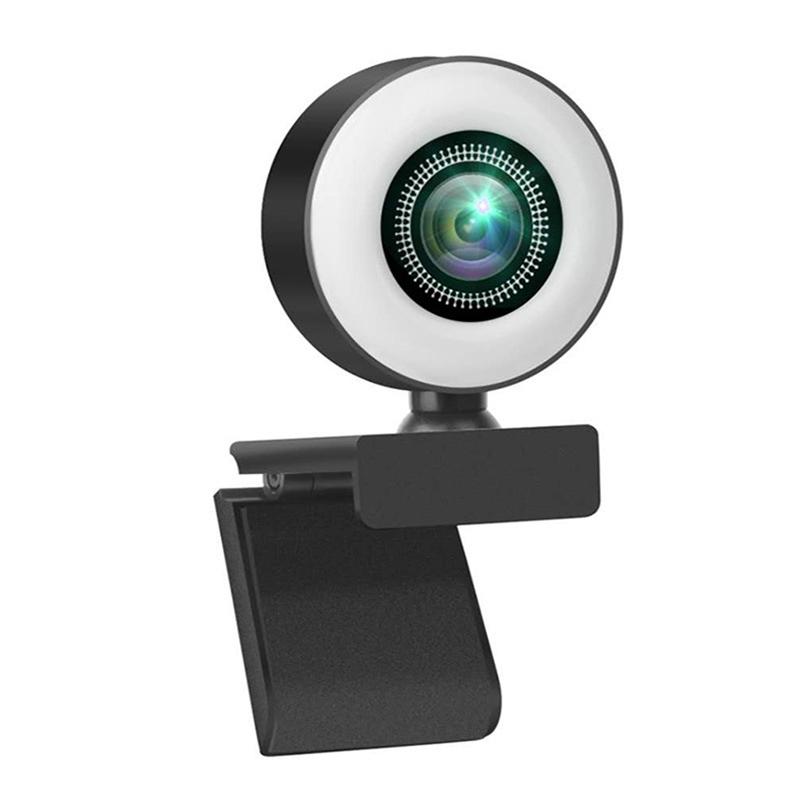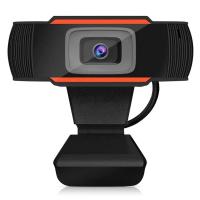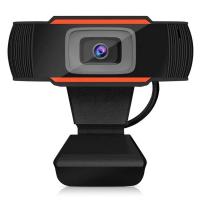What Is A Webcam Business?
In the digital age, the webcam business has emerged as a significant and lucrative industry. This sector encompasses a wide range of activities, from live streaming and video conferencing to online education and adult entertainment. The demand for webcams has surged, driven by the increasing need for virtual communication and remote work solutions. In this article, we will delve into the various facets of the webcam business, exploring its different segments, the technology behind it, and the potential opportunities and challenges it presents.
Understanding the Webcam Business

The webcam business is a broad term that includes any enterprise or activity that relies on webcam technology to deliver services or content. This can range from professional services like telehealth and virtual consultations to entertainment and social interactions. The core of this business lies in the ability to transmit live video and audio over the internet, enabling real-time communication and interaction.
Key Segments of the Webcam Business

1. Live Streaming and Content Creation
- Entertainment and Gaming: Platforms like Twitch and YouTube have popularized live streaming, where content creators broadcast themselves playing games, performing music, or engaging in various activities. This segment has seen exponential growth, with millions of viewers tuning in daily.
- Vlogging and Influencers: Many individuals use webcams to create vlogs (video blogs) and other content for social media platforms. Influencers leverage this medium to connect with their audience, promote products, and build personal brands.
2. Video Conferencing and Remote Work
- Corporate Meetings: With the rise of remote work, video conferencing tools like Zoom, Microsoft Teams, and Google Meet have become essential for businesses. These platforms enable virtual meetings, webinars, and collaborative work environments.
- Telehealth: Healthcare providers use webcams to conduct virtual consultations, allowing patients to receive medical advice and treatment without visiting a clinic. This has become particularly important during the COVID-19 pandemic.
3. Online Education and E-Learning
- Virtual Classrooms: Educational institutions use webcams to facilitate online classes, enabling teachers to deliver lectures and interact with students remotely. This has opened up new opportunities for distance learning and has made education more accessible.
- Tutoring and Skill Development: Many platforms offer one-on-one tutoring sessions and skill development courses via webcam, catering to a wide range of subjects and interests.
4. Adult Entertainment
- Cam Sites: Adult entertainment is a significant segment of the webcam business, with numerous websites offering live cam shows. Performers interact with viewers in real-time, often earning money through tips and private shows.
- Subscription Services: Some platforms offer subscription-based access to exclusive content, providing a steady income stream for performers.
Technology Behind the Webcam Business

The success of the webcam business relies heavily on advancements in technology. Key components include:
- High-Quality Cameras: Modern webcams offer high-definition video quality, ensuring clear and crisp visuals. Some even come with features like autofocus, low-light correction, and built-in microphones.
- Internet Connectivity: Reliable and fast internet connections are crucial for seamless streaming and communication. Broadband and fiber-optic networks have significantly improved the quality of webcam services.
- Streaming Software: Various software solutions enable users to broadcast live video, manage interactions, and monetize their content. Examples include OBS Studio, Streamlabs, and proprietary software from platforms like Zoom and Twitch.
- Security and Privacy: Ensuring the security and privacy of users is paramount. Encryption, secure login protocols, and privacy settings help protect sensitive information and prevent unauthorized access.
Opportunities in the Webcam Business

The webcam business offers numerous opportunities for entrepreneurs and content creators. Some of the key opportunities include:
1. Monetization: Content creators can monetize their streams through ads, sponsorships, donations, and subscription models. Platforms like YouTube and Twitch offer various revenue-sharing programs.
2. Global Reach: The internet allows webcam businesses to reach a global audience, breaking down geographical barriers and expanding market potential.
3. Flexibility: Many webcam-based businesses offer flexible work arrangements, allowing individuals to work from home and set their own schedules.
4. Innovation: The continuous evolution of technology presents opportunities for innovation. For example, virtual reality (VR) and augmented reality (AR) are poised to revolutionize the webcam industry by offering immersive experiences.
Challenges in the Webcam Business
Despite its potential, the webcam business also faces several challenges:
1. Competition: The market is highly competitive, with numerous players vying for attention. Standing out requires unique content, effective marketing, and a loyal audience.
2. Technical Issues: Technical problems such as poor internet connectivity, hardware malfunctions, and software glitches can disrupt services and affect user experience.
3. Privacy Concerns: Protecting user privacy is a significant concern, especially in segments like telehealth and adult entertainment. Data breaches and unauthorized access can have serious repercussions.
4. Regulatory Compliance: Different regions have varying regulations regarding online content, privacy, and data protection. Navigating these regulations can be complex and requires careful attention.
Future Trends in the Webcam Business
The webcam business is poised for continued growth, driven by several emerging trends:
1. Integration with AI: Artificial intelligence (AI) is being integrated into webcam technology to enhance user experience. AI can be used for features like facial recognition, background removal, and real-time translation.
2. Expansion of 5G: The rollout of 5G networks will provide faster and more reliable internet connections, improving the quality of webcam services and enabling new applications.
3. Virtual and Augmented Reality: VR and AR technologies are set to transform the webcam industry by offering more immersive and interactive experiences. This could revolutionize sectors like gaming, education, and remote work.
4. Increased Adoption in Business: As remote work becomes more prevalent, businesses will continue to invest in webcam technology to facilitate communication and collaboration. This will drive demand for advanced video conferencing solutions.
The webcam business is a dynamic and multifaceted industry with significant growth potential. From live streaming and video conferencing to online education and adult entertainment, webcams have become an integral part of our digital lives. As technology continues to evolve, the opportunities for innovation and expansion in this sector are vast. However, navigating the challenges of competition, technical issues, privacy concerns, and regulatory compliance will be crucial for success. For entrepreneurs and content creators, the webcam business offers a promising avenue to explore, with the potential to reach a global audience and generate substantial revenue.








































